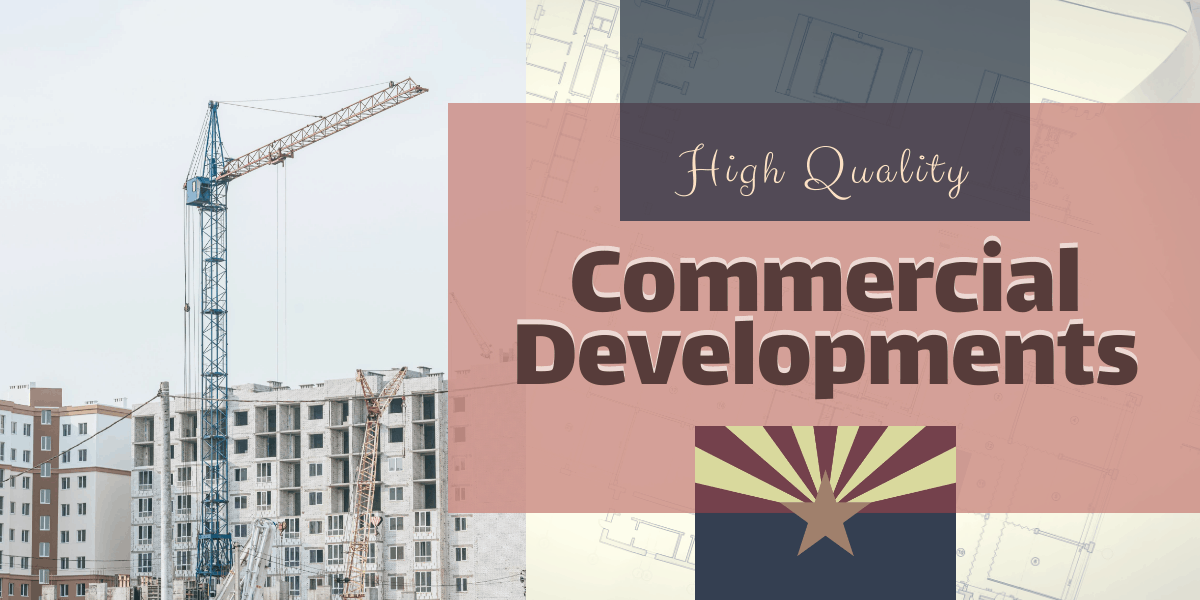
What is a high-quality development? “Quality” is subjective, but buildings, structures, and sites should fit in, be sustainable, and stand the test of time so that they will endure as community assets for many generations. Our home base, the City of Mesa, for example, is large and diverse and each neighborhood is has a distinctive look & feel and unique needs.
Principles of Quality Development
Here are the principles of quality development that City of Mesa has defined:
- Develop for our climate: utilize low impact techniques and options for water and energy conservation.
- Provide an Integrated Pattern of Development: facilitate connectivity, transportation, and mixed-use.
- Create Places that are safe, attractive, interesting, inviting, and that fit within the context of the surrounding neighborhood.
- Use Appropriate Architectural and Site Design Elements: appropriate scale, massing, & articulation.
- Use a Variety of Landscape and Durable Building Materials: should provide visual interest.

Maps (like this one) of all development sites in the City of Mesa can be viewed here at any time

Photo via Visit Phoenix
Types of Commercial Projects
Commercial sites have varying forms based on their location and uses. Use of the principals of quality development above should be tailored to the type of project.

Urban lots
- Usually have smaller setbacks
- Buildings close street with parking in the rear
- Single stand-alone lots or combined lots that are part of a larger development
- Detached buildings or attached to adjacent commercial uses
- Sometimes hold multiple tenants in different parts of the building.
Community-Servicing
- Integrated retail shopping areas close to residential
- May also serve the whole community
- Provide day-to-day shopping and services
- High volume select shopping and entertainment uses
Local-Servicing
- Small businesses that stand alone on a single lot
- Should reflect the character and scale of the surrounding residential neighborhood
- Examples: corner cafes, boutique stores, small offices,local delis
Mixed-use
- Ground floor commercial with other uses on upper levels
- May allow taller heights and reduced front setbacks to fit with a more dense & urban environment.
The Bottom Line
Good site planning minimizes a project’s impacts on its neighbors. Commercial developments should support community identity, be consistent with the overall sense of place and compatible with adjacent uses, and promote pedestrianism and commerce. Massing, scale, colors, materials, architectural design, should be used in an intentionally positive way. Industrial lots should be pleasant and accessible.
Even industrial developments can be designed to positively contribute to the overall character of an area. Negative impacts on visibility can be minimized through proper site planning, building placement, screen walls, and landscaping.
Overall, developments should use local/regional design influences, resulting in cohesiveness and a high-quality consistency.
Each type of commercial project comes with its challenges. Emerald Inc. excels in all types of commercial projects. Reach out today via email or phone (480-832-9808) so that we can get the whole team involved in designing and planning your project at the earliest stage possible.



